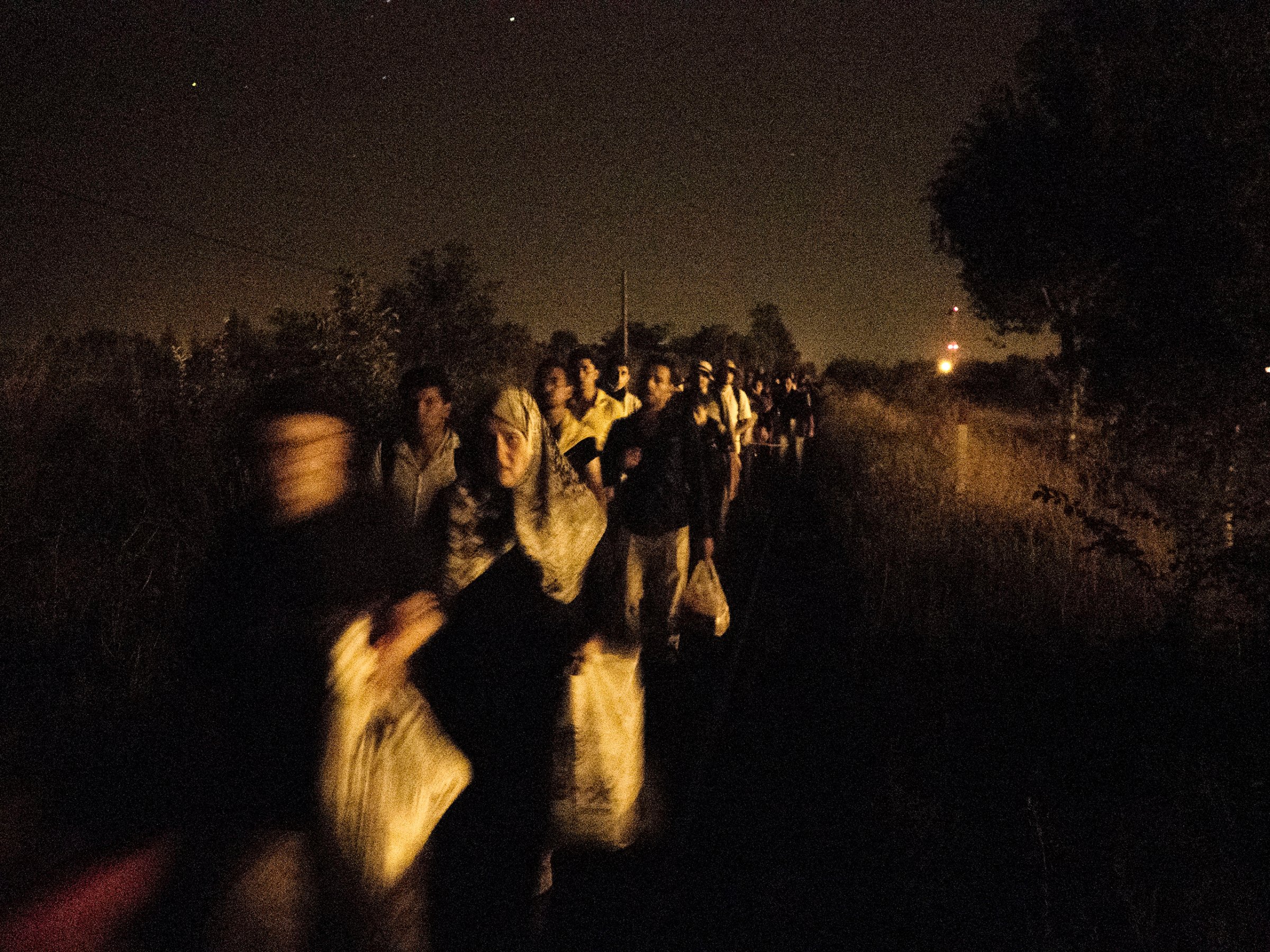
They start walking once darkness falls. Husbands and wives holding hands, entire families crouching in the dark, never letting go, as they approach the border between Serbia and Hungary. Each night, hundreds of refugees and economic migrants attempt the crossing, as they continue a journey that began in Syria, Iraq and other distressed parts of Africa and the Middle East, and will end, for the lucky ones, in Germany, Sweden or the U.K.
Hundreds of thousands of migrants and refugees are expected to seek economic and personal safety in European countries this year alone, marking a dramatic increase over 2014.
Magnum photographer Jerome Sessini was with one of these families last month, as he covered the mounting crisis in the northern parts of Serbia. “There are entire villages that serve as meeting points ahead of the Hungarian border,” he tells TIME. The nonstop influx of migrants and refugees has taken its toll on the locals. “I’ve seen 300 migrants in one village alone,” says Sessini.
To prevent further tensions, local volunteers set up a camp 10 miles from the border, and every hour a bus shuttles migrants from the villages to the camp. There, they find running water, food and toilets, as well as a translator who informs them that they can rest.
In the camp, Sessini found one Syrian family from Aleppo. Like many other families fleeing the devastating war between Bashar Assad’s forces and various rebel factions, as well as the terrifying Islamic State advances, they had traveled through Turkey, Greece, Macedonia and most of Serbia. “Each night, around 6 p.m., large groups walk from the camp to [the village of] Horgos at the border,” says Sessini. “Some walk, others board buses.”
Only five miles separate Horgos from Hungary, and most migrants wait until midnight to embark on that final stretch. Groups are formed and no one travels alone — “there were reports that [bandits] had attacked and robbed some of the migrants,” says Sessini, “so they don’t take any chances: they travel in groups with one or two baseball bats, a smartphone and GPS.”
That night, as Sessini followed the Syrian family, the police showed up as they were about to cross into Hungary. “They stopped us all,” he says. “I told them I was a journalist and they said I was not allowed to be there.” Even though Sessini had done nothing wrong, he was told not to come back to Horgos. “I hesitated,” he explains. “But I was afraid I’d lose all my photos. I regret it now, as I feel like I abandoned them.”
The next night, as Sessini learned later, the Syrian family made it into Hungary — “One of them is even in Germany now,” he says — but many other families who will follow in their footsteps have miles left to go.
Jerome Sessini is a photographer represented by Magnum Photos.
Kira Pollack, who edited this photo essay, is TIME’s Director of Photography and Visual Enterprise.
Olivier Laurent is the editor of TIME LightBox. Follow him on Twitter and Instagram @olivierclaurent
Follow TIME LightBox on Facebook, Twitter and Instagram.

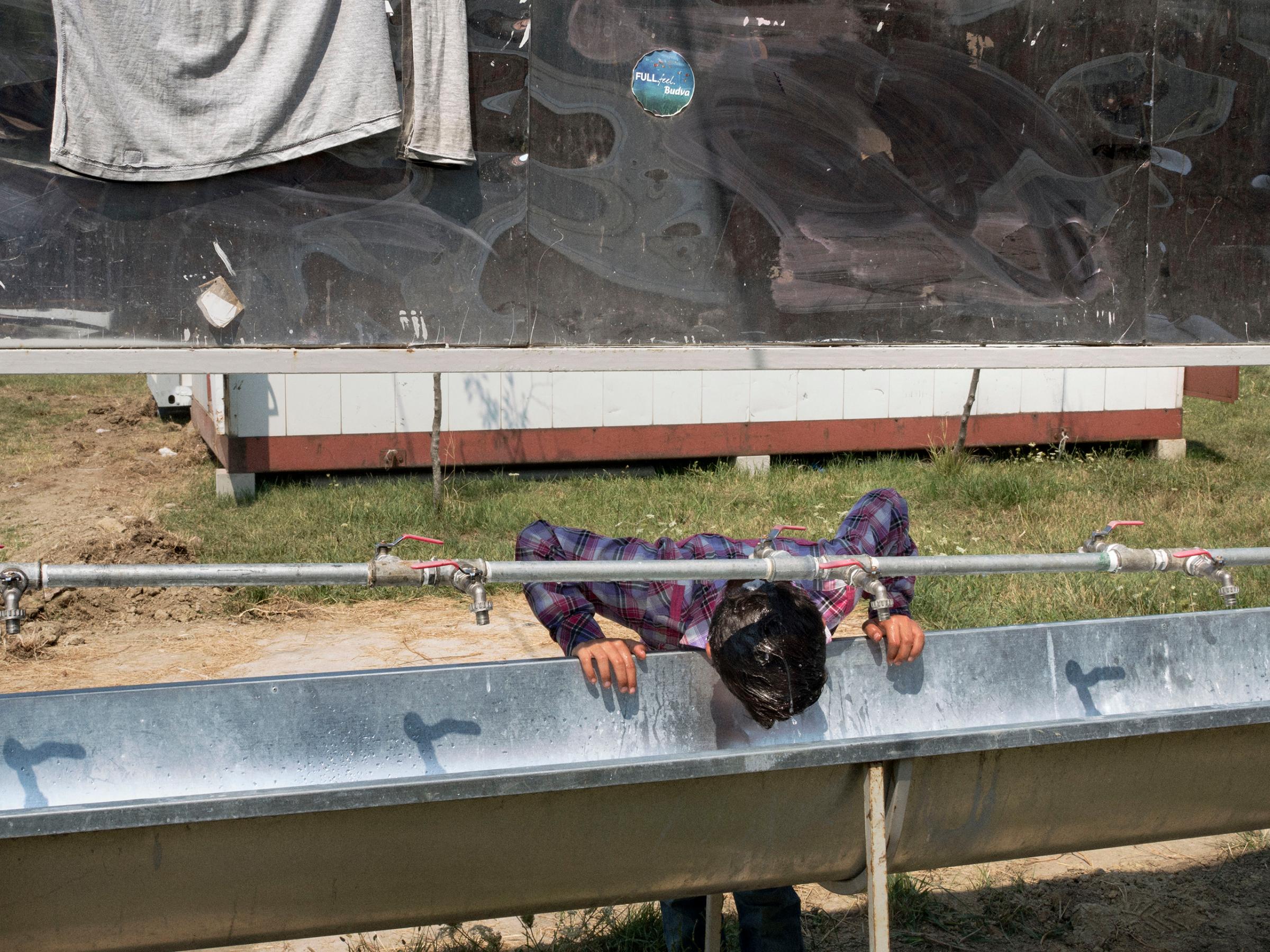
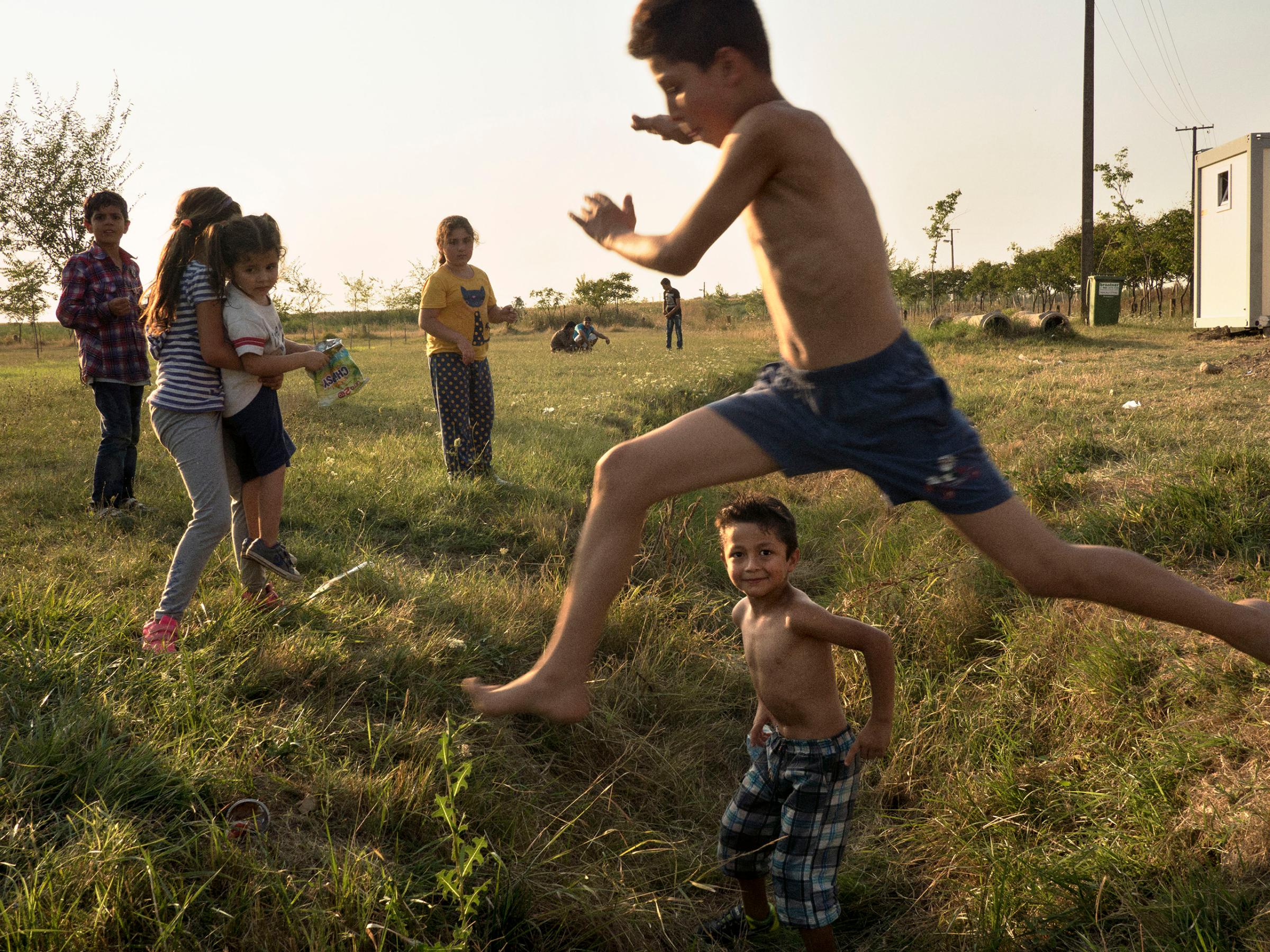
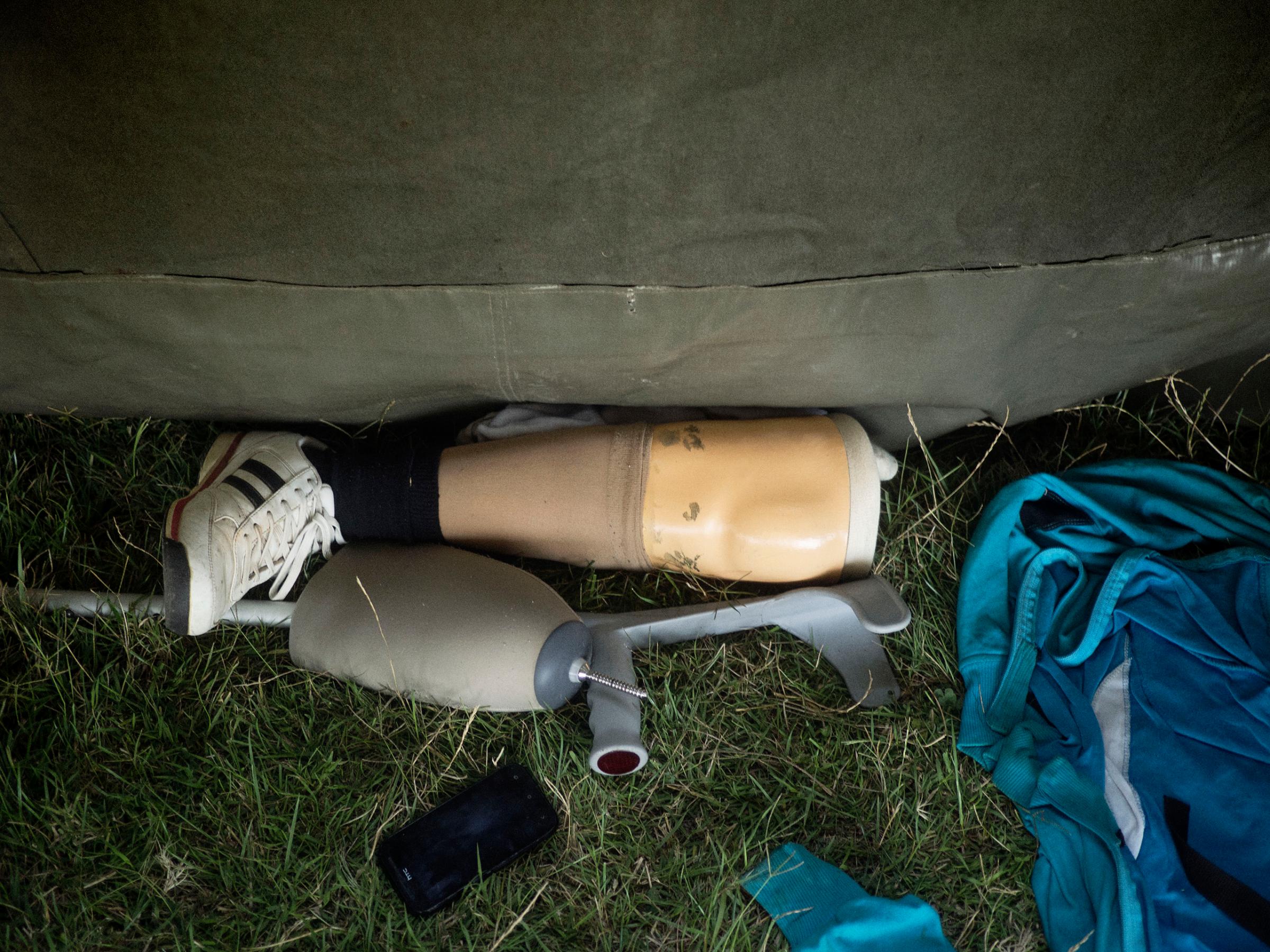
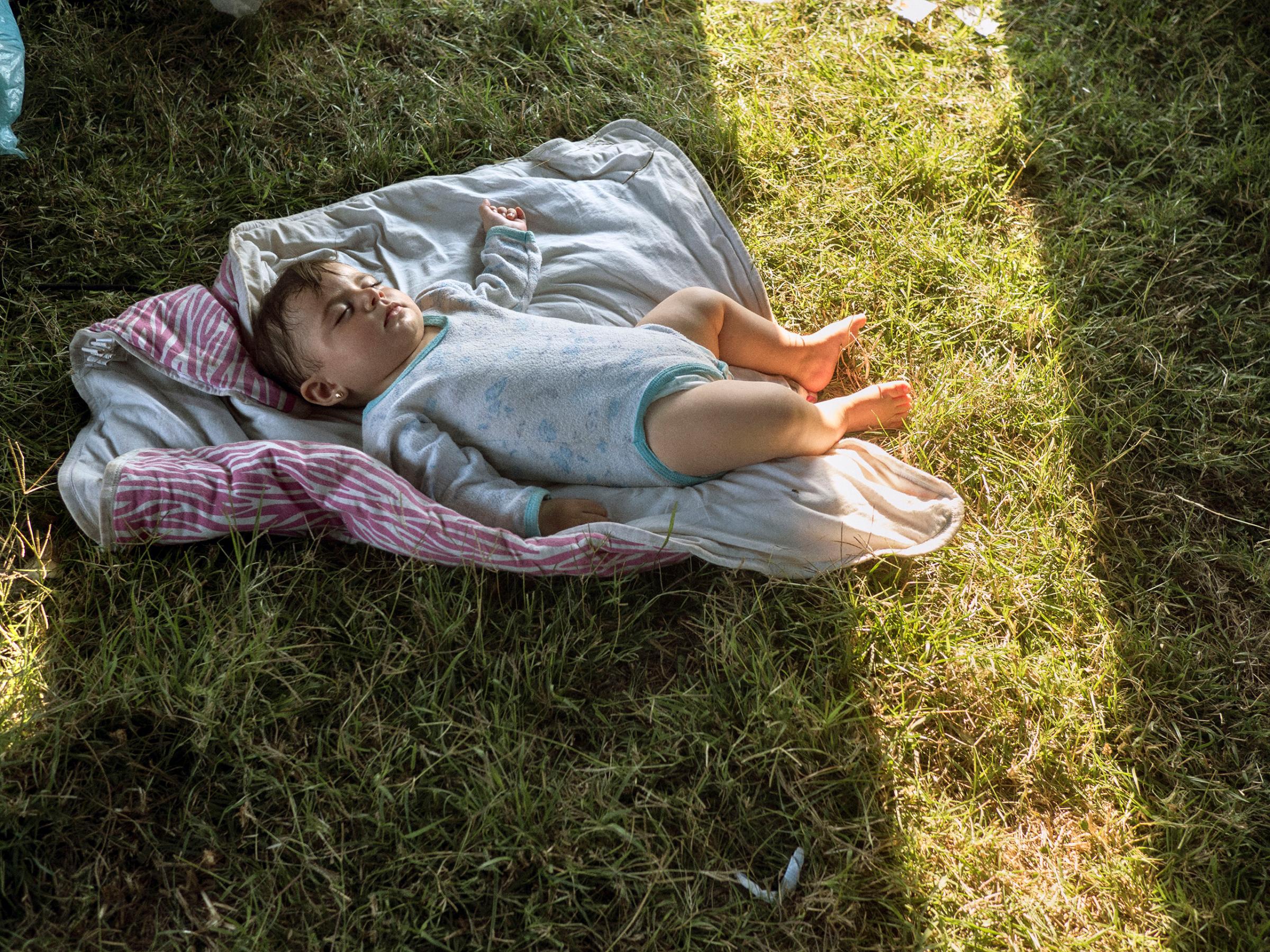
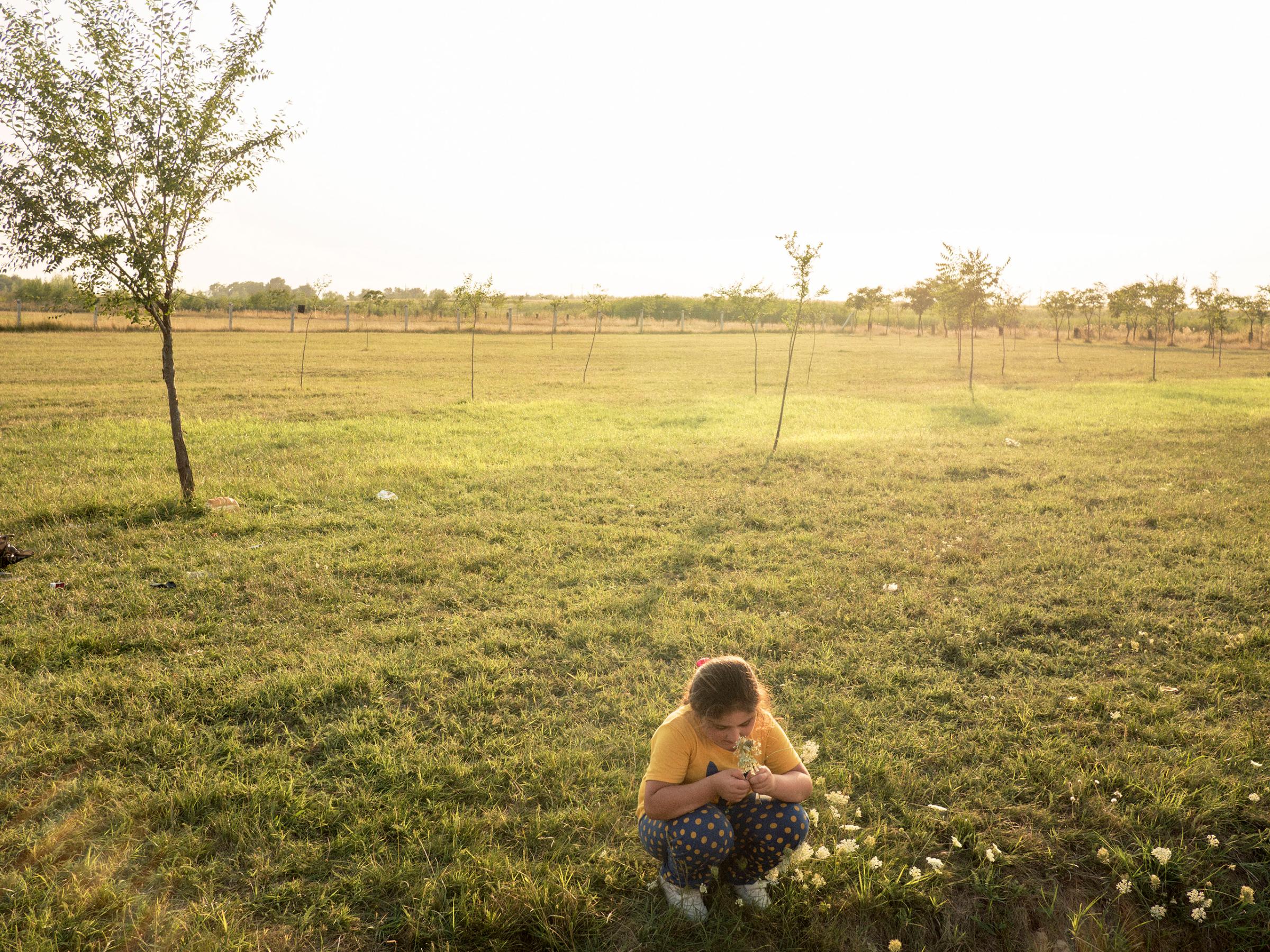
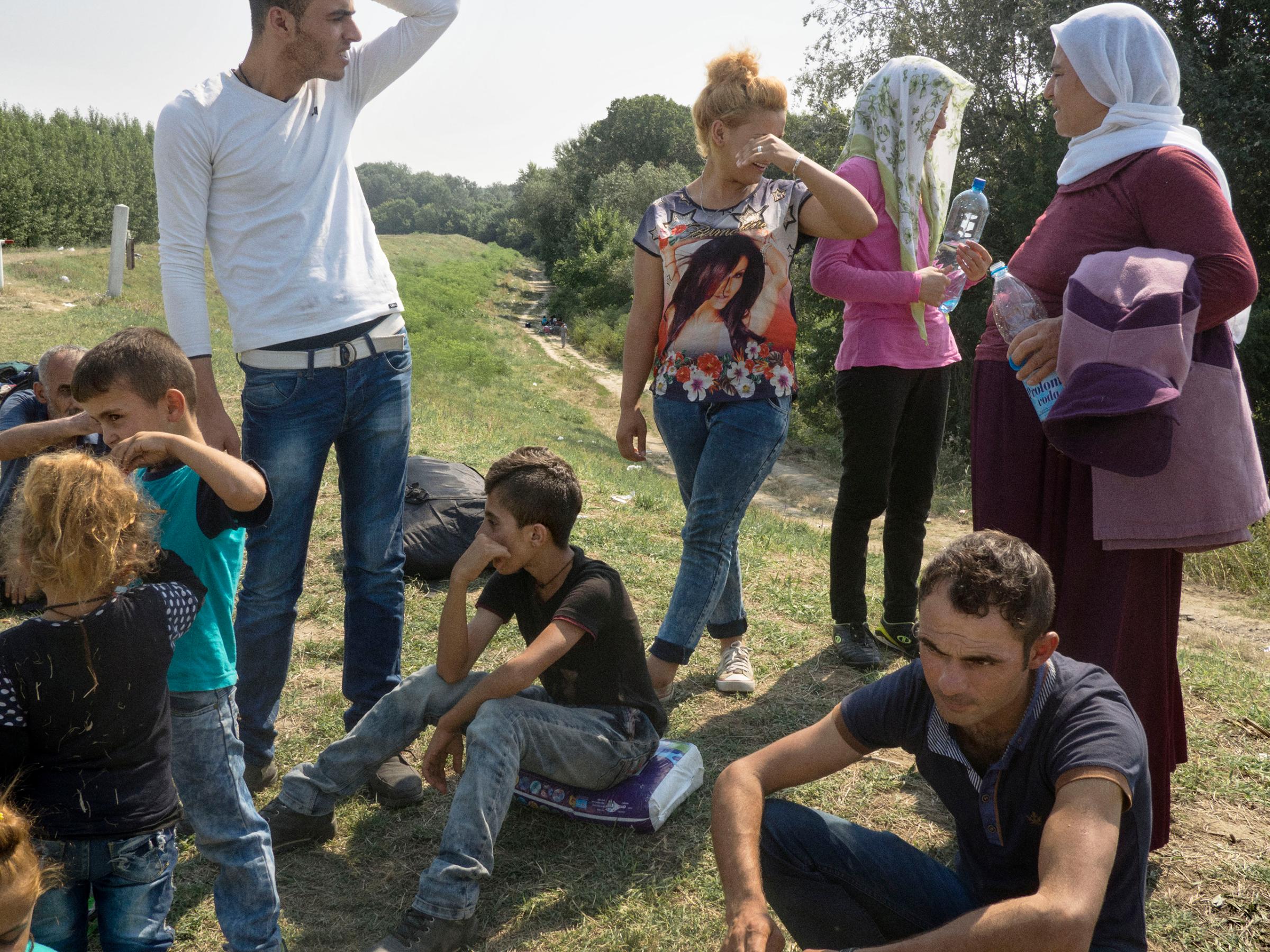

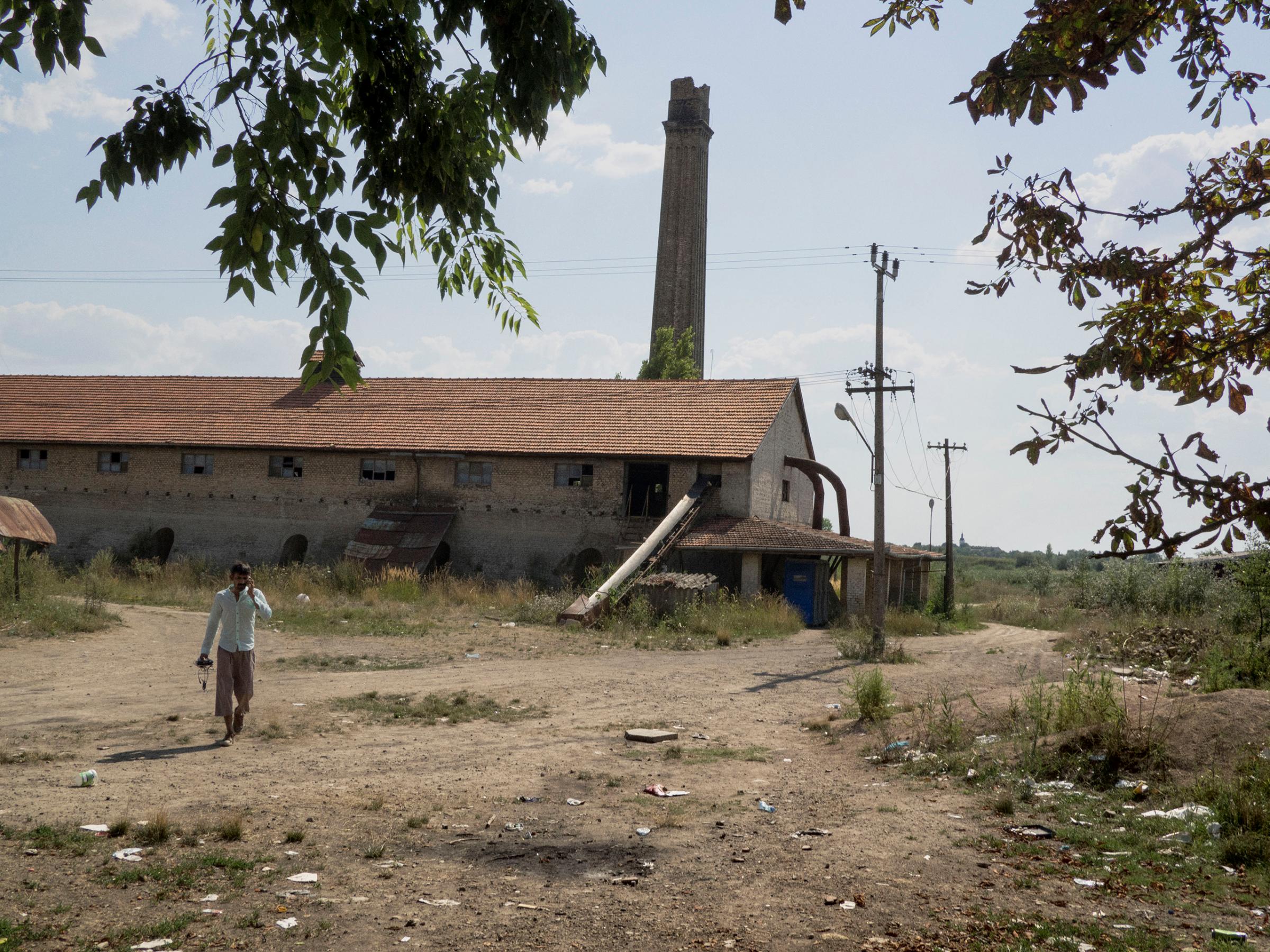
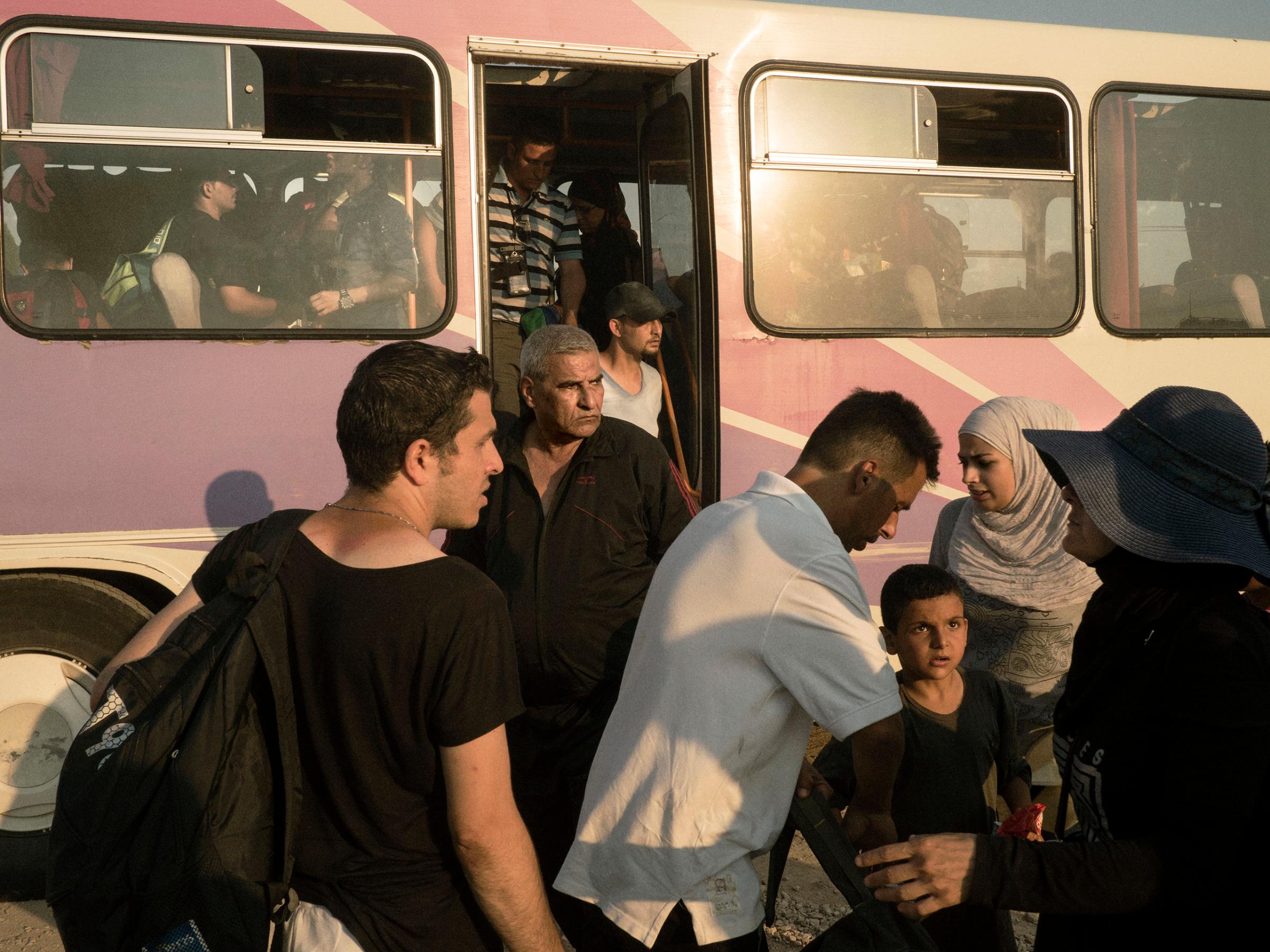
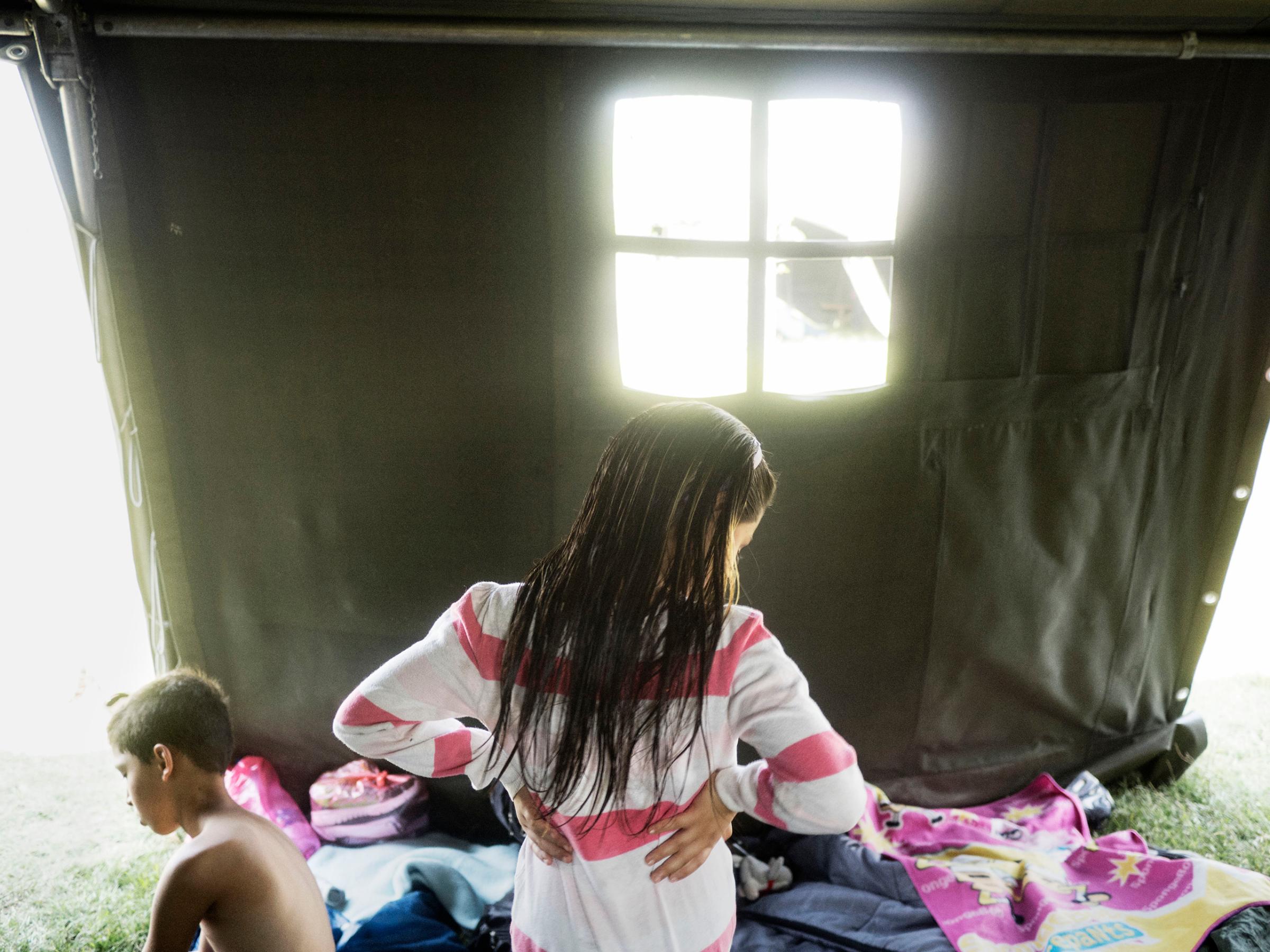
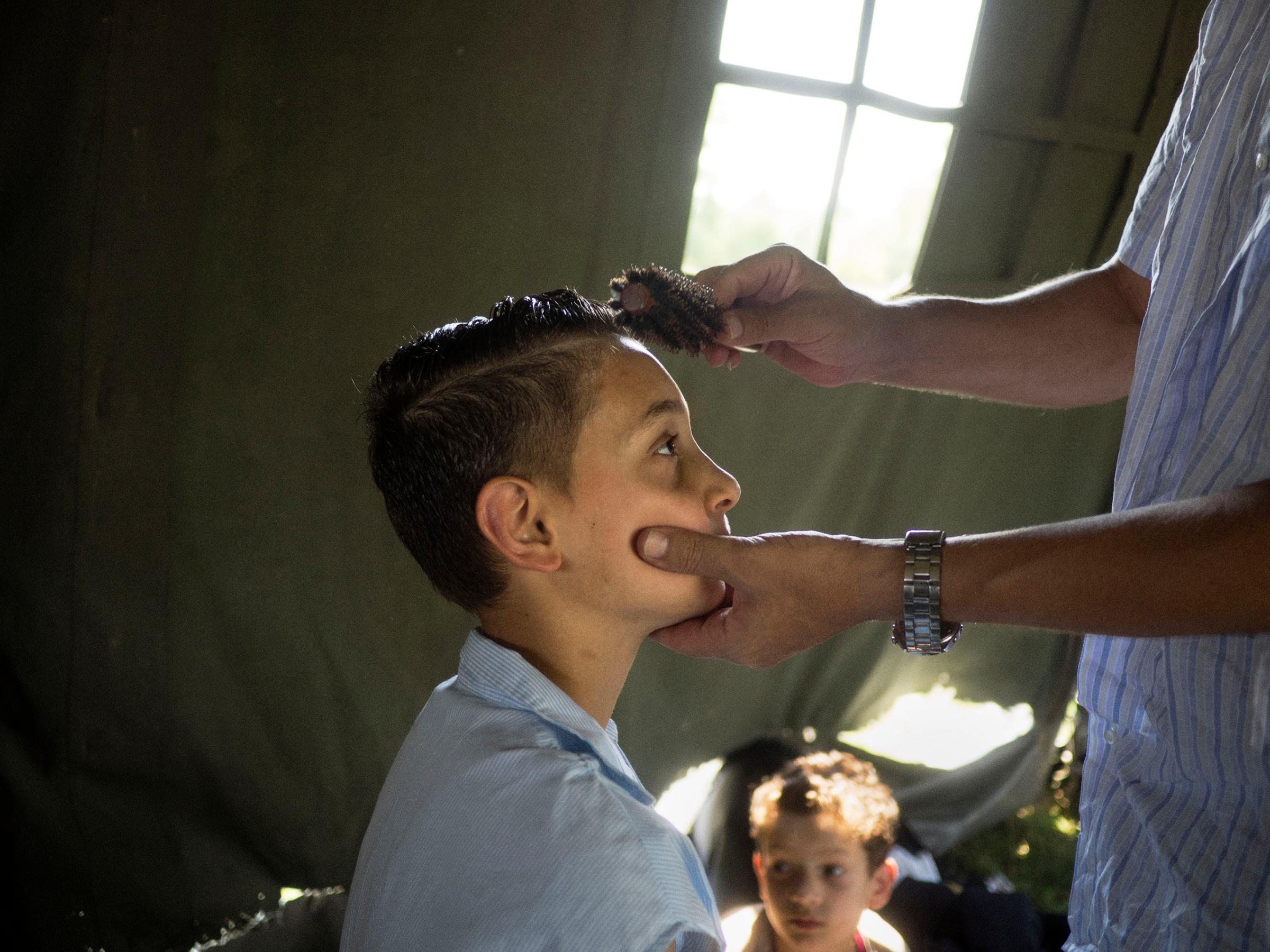
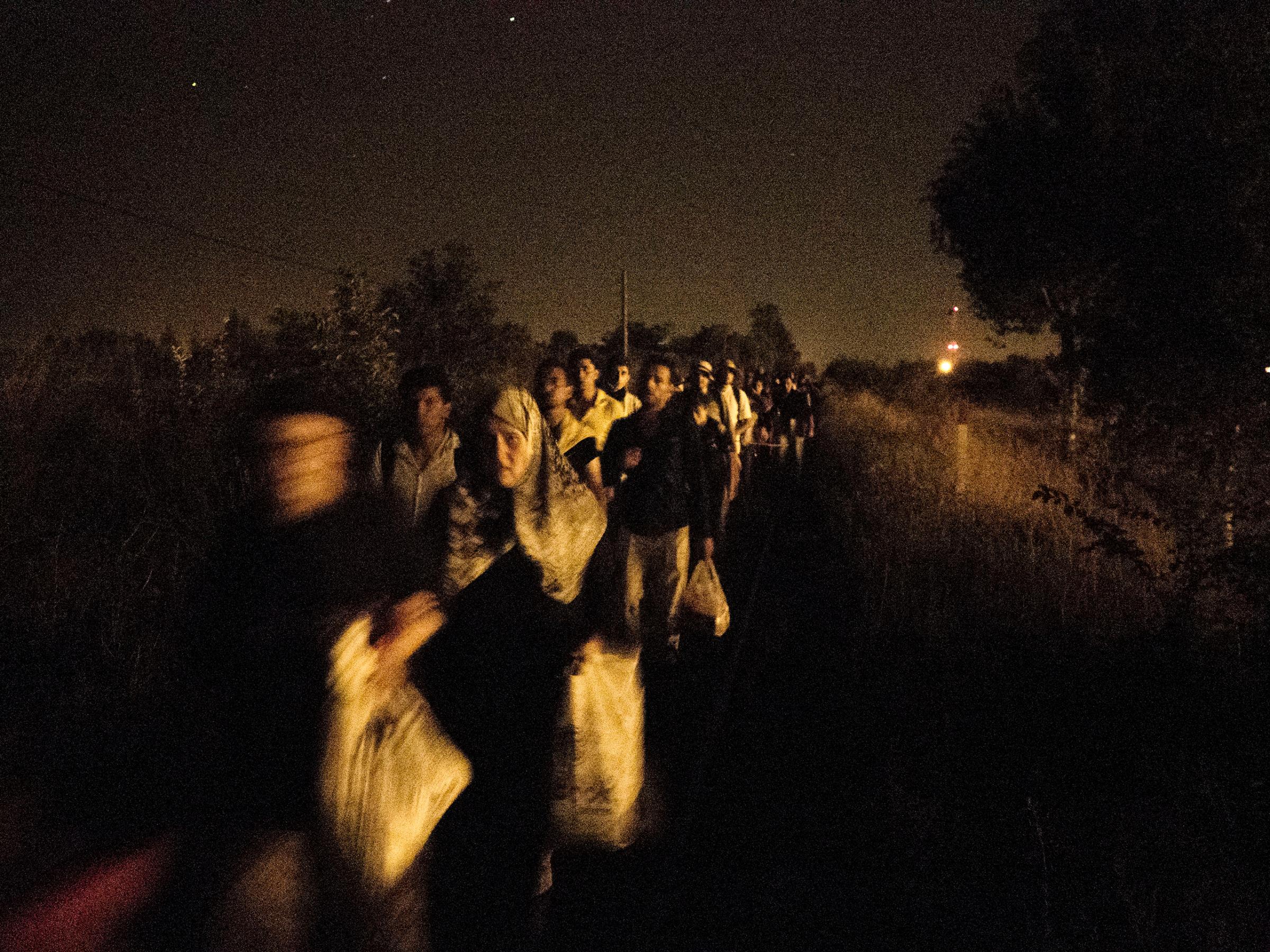
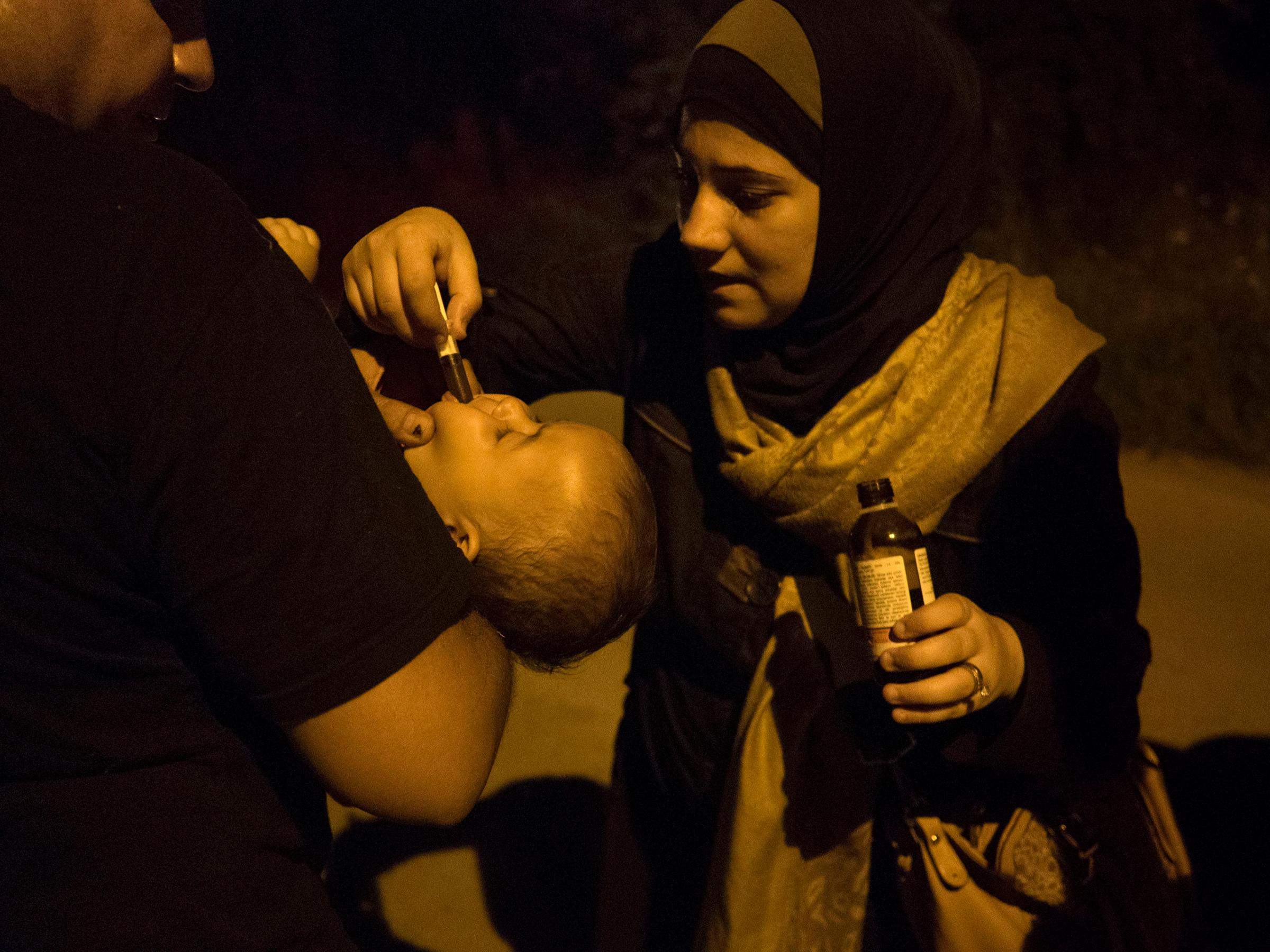
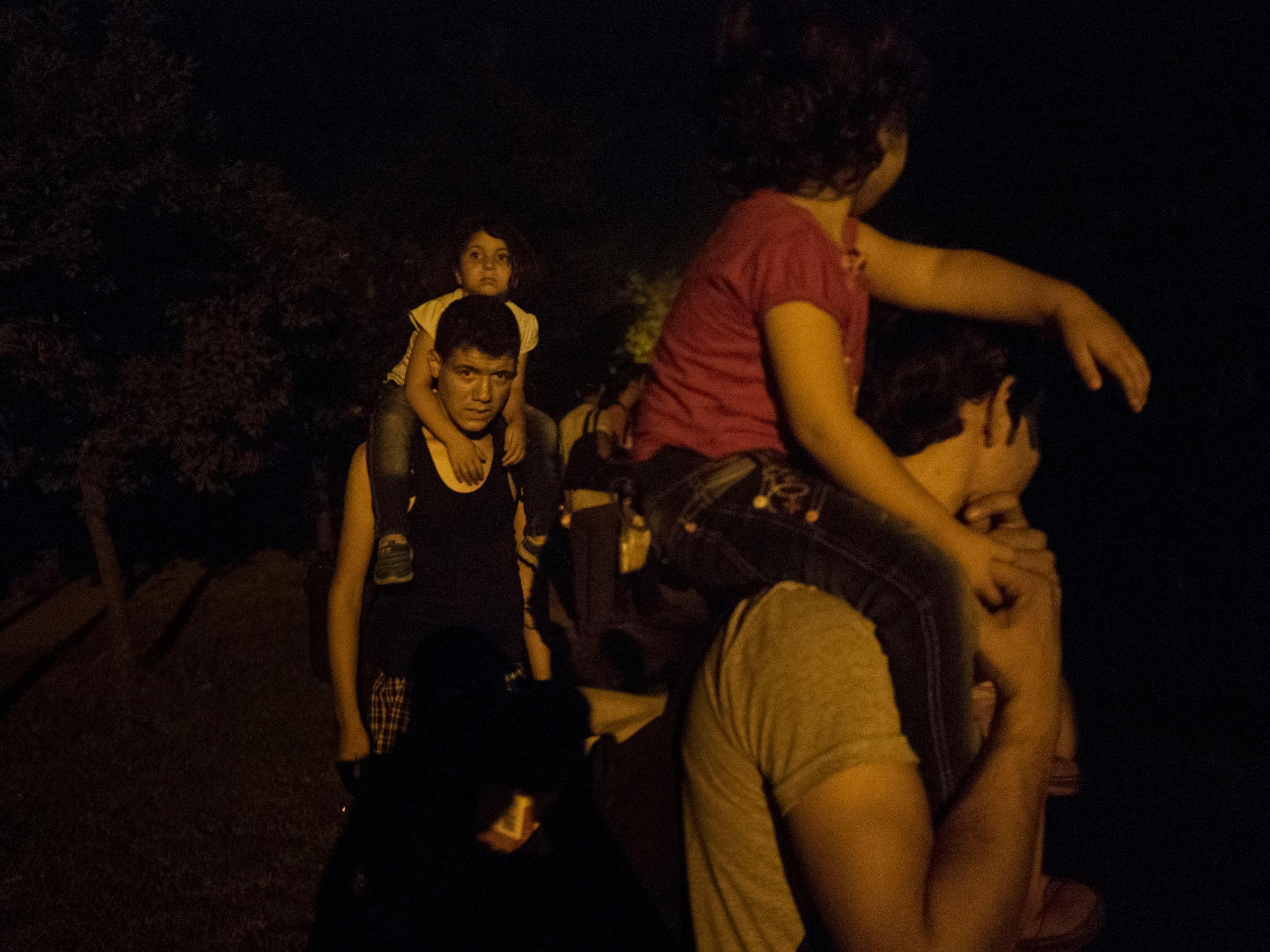





More Must-Reads from TIME
- Inside Elon Musk’s War on Washington
- Why Do More Young Adults Have Cancer?
- Colman Domingo Leads With Radical Love
- 11 New Books to Read in February
- How to Get Better at Doing Things Alone
- Cecily Strong on Goober the Clown
- Column: The Rise of America’s Broligarchy
- Introducing the 2025 Closers
Contact us at letters@time.com